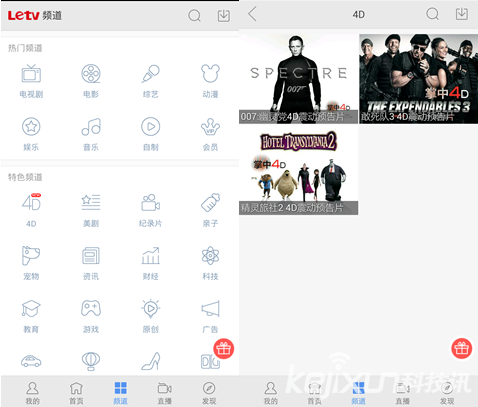
Immersion and Opera Mediaworks launch mobile video advertising with tactile effects.
Opera Mediaworks and Immersion launches touch-enabled mobile advertising on Opera Mediaworks’ ad platform. In partnership with Stoli® Vodka and Horizon Media, the first ad creative to launch with this capability is “Stoli: THE Vodka” campaign – an animation with a woman shaking a Stoli vodka martini.
Touch-enabled mobile advertising on Opera Mediaworks are:
“Stoli: THE Vodka” ad creative with tactile effects is running on various apps on the Opera Mediaworks mobile ad platform.
Read the full press release here.
Stoli – The Shaker from Opera Mediaworks on Vimeo.
Immersion’s TouchSense® Engage is easily deployed in mobile applications through a simple technology integration that enables the media to control the actuator, the vibration motor in the mobile phone. Opera Mediaworks’ SDK utilizes TouchSense Engage to manage haptic synchronization with its Instant-Play™ HD mobile video via a small library plugin.

Earlier this year, LeTV, one of the top video apps in China, became the first to introduce haptics in movie trailer advertising to Chinese viewers. With the help of Immersion, LeTV launched a new “4D” channel in their Android LeTV app in June, featuring three haptic movie trailers: Expendables 3,” “Spectre” starring Daniel Craig as James Bond, and “Hotel Transylvania 2.”
To get a better understanding of how viewers are responding to this new creative capability, we’ve closely monitored responses on social media, the primary medium for all communications for businesses and consumer outreach in China. From what we’re able to see to date, LeTV “4D” channel was received well by consumers. It created considerable fanfare in the country, with many positive comments from users.
A snapshot of some of the user comments on Weibo.
While this is only one dimension of feedback from the campaign, positive commentary from users in China can be very telling of the overall sentiment. In China, social media is seen as an official communication medium, comparative to a corporate website.
This positive response reaffirms our belief that video enhanced with tactile effects provides a compelling entertainment experience.
As a designer, tactile video opens a new chapter of content user experiences on mobile devices. The sense of touch can be leveraged in a number of creative ways in future designs and content today. Being from China, my favorite phones for this experience are the Meizu MX4, Samsung Galaxy and Note series handsets. While the experience is good on many other phones, the quality is somewhat limited by capabilities of components and touch software in the phone. Great tactile content is only achievable when great chemistry is created between the hardware, software, and design.
It can be said that video enhanced with tactile effects can be a hard concept to imagine at first, but when users are able to feel the realistic tactile sensations of guns shooting, cartoon characters bouncing, and motors running, it comes as second nature to have tactile effects as a part of the entertainment experience, and users walk away delighted.
Since the launch of the channel in June, LeTV has added a new trailer featuring the “Minions” movie. We expect that as this feature evolves and LeTV continues to market its 4D channel, we’ll be able to bring more meaningful and interesting tactile experiences to consumers.
We’re just getting started.
Rennie Zhang works at Immersion as a UX design generalist focused on the China market.
If you haven’t heard by now, the first ever haptically-enabled trailer debuted last September.
The season four trailer of Showtime’s Emmy and Golden Globe-winning hit series, Homeland, was the first to leverage Immersion’s TouchSense Engage technology to give viewers a hands-on feel for the suspense, excitement and drama that they could expect from Homeland this season. Immersion and Showtime has been receiving industry accolades since then.
The success of the Showtime campaign showed that mobile should no longer be thought of as “the second screen.” Today, more often it is becoming the de-facto first screen. Interestingly, according to a 2014 AdReaction study from Millward Brown, time spent on mobile devices is outpacing TV in the U.S. for the first time.
The Homeland trailer showcased how brands can use haptics to deliver a more engaging and immersive experience for consumers. Instead of passively watching, consumers were able to feel the bombs exploding and the suspense increasing through the trailer’s pulsating touch and sound.
The Homeland campaign was recognized by Google and included in its Creative Sandbox, where Google showcases the most innovative and creative ideas in advertising.
Want to experience it for yourself? Let us know at content@immersion.com.